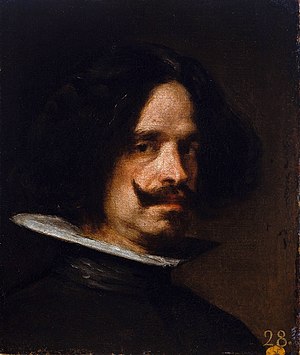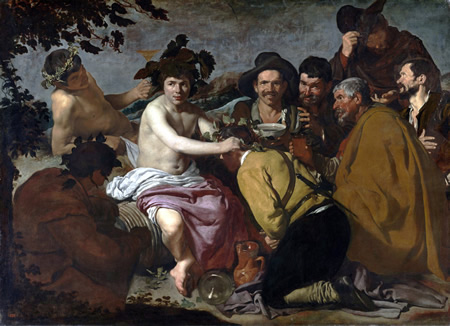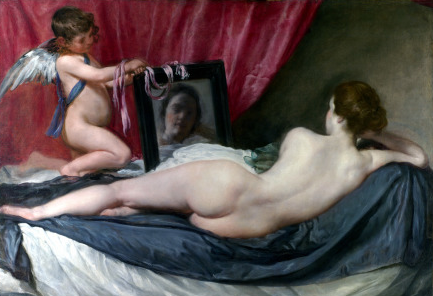Diego Velázquez was a 17th-century Spanish painter, considered one of the most important in the history of art. Born in
Seville in 1599, Velázquez began his career as an apprentice in the studio of Francisco Pacheco, a prominent painter and
art theorist. At the age of 24, Velázquez was appointed court painter to King Philip IV, which enabled him to create
some of his most famous works.
Velázquez is known for his ability to depict light and space realistically in his paintings, as well as for his mastery
of the oil technique. His style influenced many later artists, including Francisco de Goya and Édouard Manet.

Among Velázquez's most famous works are "Las Meninas", "The Surrender of Breda", "The Water Seller of Seville", "Portrait of Innocent X", among others. In his work, Velázquez explored themes such as portraiture, history and mythology, and was noted for his ability to depict everyday life with great detail and realism.
In addition to his artistic legacy, Velázquez is also recognised for his role as an advocate for artists' rights. As a member of the San Fernando Academy of Fine Arts in Madrid, Velázquez fought to improve the working conditions and rights of artists, a legacy that has been recognised by the artistic community to this day.
TRY SLIDING THE IMAGE
Diego Velázquez's art had a great influence on Spanish and European painting of his time and on later generations. He is
considered one of the masters of realism and the technique of oil painting, and his style was highly valued by other
artists of the time.
In addition, his ability to create psychologically realistic portraits was highly influential on portrait painting in
general. His ability to capture the personality and character of his subjects through facial expression and body pose
laid the foundations for modern portraiture.
In short, Diego Velázquez's artistic legacy has been fundamental in the history of art, influencing numerous later
artists and artistic movements.

.jpg)
